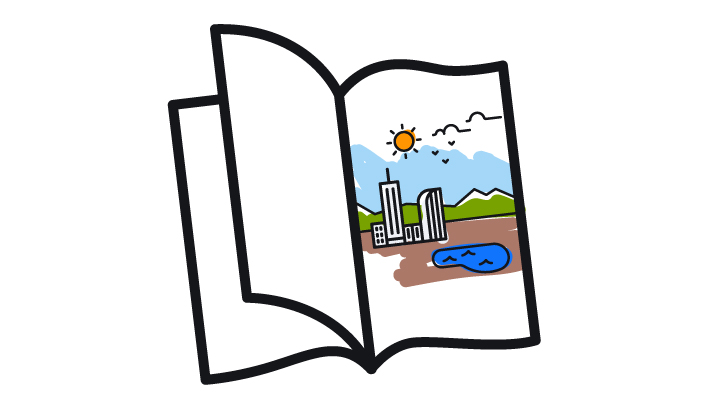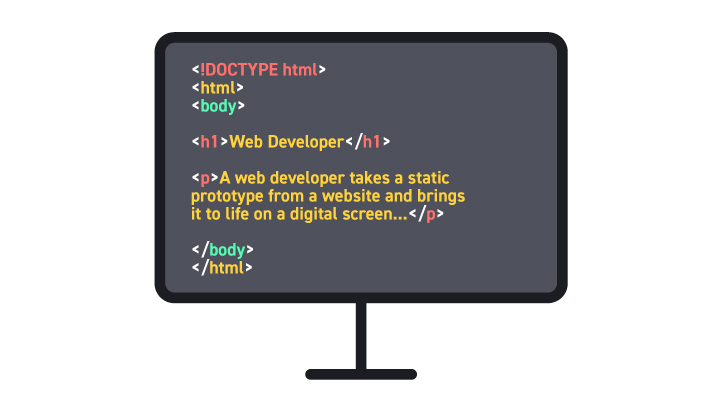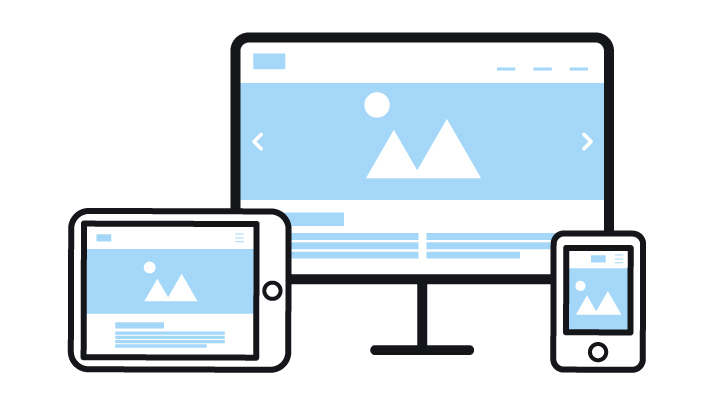“The true sign of intelligence is not knowledge but imagination.”
Why does creativity matter? What role does creativity play in your job? Can a lack of creativity in your life make you sick? This blog has answers about creativity, work, and how humans and corporations can benefit from a little bit of imagination.
We’re tackling the big issue of creativity because May 30th is National Creativity Day. While we celebrate the creative fields at Artisan Talent every day, National Creativity Day is a celebration that everyone can share. That’s because we believe there is an element of creativity in everyone, whether they happen to have a creative hobby, work in a creative field, or are just exceptional at thinking outside the box.
Creativity is the spark of curiosity that allows us to broaden our thinking enough to strive for something new. Whether it’s a new job as an Engagement Specialist, or a painting, there is an element of perseverance that allows for problem solving as part of any creative endeavor.
Here are some ways that creativity impacts our jobs every day, along with a closer look at careers for people that want to apply their creative juices on the job.
The Benefits of Creativity

“Write it. Shoot it. Publish it. Crochet it, sauté it, whatever. MAKE.”
Do you remember filling in the white spaces in a coloring book when you were a child? Sure you do, and there’s even a whole line of adult coloring books that can bring back that simple joy of applying color between (or outside) the lines?
NPR reports that adult coloring is increasing in popularity because the simple act of concentrating on the page becomes an act of meditation for busy and stressed adults. But it’s not just coloring that calms the nerves—Healthy Psych says creative expression engages the brain in new ways and has real health benefits, including:
- Lowered Stress
Studies show us that pursuing artistic endeavors lowers anxiety and increases “psychological resilience” that can actually be measured in the brain. Can being creative reduce your worries? The research says it can.
- Improved Well-Being
There is also research showing that making art can improve your health. The act of creating can take your mind off troubles, so people diagnosed will major illnesses can have better health outcomes, less pain, and even shorter hospital stays.
Even former Presidents have gotten into creative pastimes; we hear George W. Bush is now a painter with exhibited work.
What is it about creativity that is so beneficial to humans? It’s generally accepted that creative expression:
- Helps Us Share and Process Emotions
Being creative is a way to express what’s inside of you while becoming more self-aware. It can help us reflect on the issues troubling us.
- Feels Good
If you’re lucky enough to work in a creative industry, you already know that making art makes you feel fine. One study showed that just looking at artwork activates the regions of our brains that release pleasure hormones.
- Helps Us Focus
Artistic endeavors help humans set aside their troubles. There are studies indicating that this single-minded focus can help people achieve a state called “flow” which is where the person concentrates so intently that they forget about being sick or tired or even hungry.
What types of art, then, provide people with all of these benefits? The answer seems to be art that is a “person-activity fit.” In other words, people are happier when they use creativity both on and off the job and when the type of artistic expression fits both their personality and their skill set.
While most of us can’t color pictures as part of our jobs (except for Graphic Designers, those lucky ducks), we can incorporate our own version of the creative process into our work. Whether you’re an exceptional troubleshooter on the factory floor or an Art Director, you will feel more fulfilled if you can use creativity in your job.
Using Creativity at Work

“Like the moon mission, a true BHAG [big hairy audacious goal] is clear and compelling and serves as a unifying focal point of effort—often creating immense team spirit…A BHAG engages people—it reaches out and grabs them in the gut. It is tangible, energizing, highly focused.”
If you work in a startup or are an entrepreneur, creativity is part of your job description. But today, more enterprise organizations are recognizing the value of a creative work environment to fuel employee productivity and product innovation. StartupNation says:
Some organizations go as far as having regular brainstorming sessions when working on a project to allow employees to contribute and build on a project. This creates immense engagement as their team members have a say and they are involved in the
creative process.
Most employers are highly aware that statistics say about 70% of Americans are disengaged from their jobs. This has a hugely negative impact on corporate profit to the tune of about $550 billion a year.
Do we need to give them coloring books? Actually, yes. Or just learn to recognize and cultivate employee engagement by encouraging more creative pursuits at work. You’ll increase the feeling of passion and productivity by opening the door to your workers’ creativity.
Here are seven ways any management team from any industry can bring more creativity and employee engagement into the workplace:
- Create a creative environment by making a stale office environment more stimulating. Adding plants, bright colors that pop, or a couch in the break room could help. Even better, ask the employees to form a team to make the office a less sterile environment.
- Let your team play by adding flip charts, Legos, paint, colored markers, or other elements to help with your next brainstorm. What would happen if you put crayons and coloring books in the break rooms of your office?
- Create a goal board in every department with strategies and one BHAG to work on every week.
- Reward creativity. Whether it’s a new product design or simply a great outside-the-box suggestion, recognize it and mine it.
- Stop micromanaging. At best, it kills joy, and at worst, it causes employees to leave. Stop looking over employees’ shoulders, and instead, trust your teams to produce new and exciting ideas. You’ll be surprised at how much more skin in the game your employees will have.
Ironically, the digital age has now caused a great deal of disruption in enterprise organizations. Young startups are pushing these behemoths in new directions. In response, there have been widespread launches of new corporate innovation labs, where creativity is less stymied by bureaucracy—or so they hope. Innovation.se says they are a last-ditch attempt by companies “too big to fail” to try to compete with industry disruptors who are calling out old industry models as too stodgy to continue. For the enterprise worker, these centers are changing how corporate bigwigs view creative ideas on the job, which is never a bad thing.
Working in a Creative Field

“Engaged employees are the ones who are most likely to drive innovation, growth and revenue, as well as build new products and services, generate new ideas and create new customers,” reports Gelman, Rosenberg & Freedman. “They are always willing to go the extra mile because of their commitment to the company.”
Conversely, people working in the creative fields are generally engaged. AgencySpy published details from a study that showed people working in the creative fields “reported the highest levels of on-the-job satisfaction and interest in their work, compared to employees in the accounting and finance, administrative, legal, and technology fields.”
Where does that leave the non-creatives? Evidently, that leaves them longing in their hearts for a more fulfilling position. For corporate employees longing to try something new, there are a number of roles within the creative professions that incorporate attention to detail and technology, two key parts of any enterprise role. If you’re looking for a fresh start and a new career path, here are some in-demand positions that make use of your creative juices every day:
- Digital Marketing Manager
These creative professionals use their strategic acumen to develop inbound marketing campaigns, oversee search engine optimization, or plan social media strategies. Digital Marketing Manager is a broad term that can incorporate a variety of functions; however, it’s a particularly important position because most marketing is digital these days.
- Mobile Developer
These days, there are apps that let you build apps, so it seems like everyone is dabbling in mobile development. Mobile developers specialize in writing the interactive code that engages end users on any size screen. Given that practically everyone has a smartphone, the future job market for creative Mobile Developers seems bright.
- Product Manager
Product Managers own the digital product, whatever it may be. They work on the promotion of the product you’re selling, whether an app or a desk chair. The job of the Product Manager is to work with other creative professionals like Production Artists or Media Planners to launch a particular product.
- User Experience (UX) Designer
UX Designers can help a company determine exactly what an end user feels when they navigate the company’s website or phone app. A UX Designer’s job is to make sure consumers are engaged in the brand with every mouse click or scroll they make. In this sense, UX Designers are master manipulators—they understand what color will influence a website visitor to click on a button or how a landing page should flow to make it easier to read.
- Web Developer
A Web Developer takes a static prototype from a website and brings it to life on a digital screen. They spend a lot of time solving problems that take a concept from a page to making it actionable and interactive. For new developers or people just dabbling in CSS and HTML, this is a good job to get in the field, as is a Front End Developer role.
These are just some of the latest and most creative roles available in today’s hot job market—there are dozens of other positions that incorporate creativity into traditional nine-to-five jobs, as well as freelance positions and a variety of other job arrangements. If you’re unhappy with the level of creative juices flowing in your job, why not consider a new adventure with Artisan Talent?
Getting Paid to Make Stuff

Artisan Talent helps creatives get paid for doing creative work. Whether it’s a Freelance Editor or a full-time Marketing Manager, we can find you the best role for your particular mix of skills and goals. If you're a Hiring Manager that needs to get corporate creative juices flowing, we have the talent.
If you're a talent creative professional seeking a new adventure, we have a variety of roles available. Why not start the conversation by registering with our team?

-1.gif?width=436&height=255&name=Isolation_Motivation%20(1)-1.gif)
/Happy%20New%20Year.jpg?width=436&height=255&name=Happy%20New%20Year.jpg)
